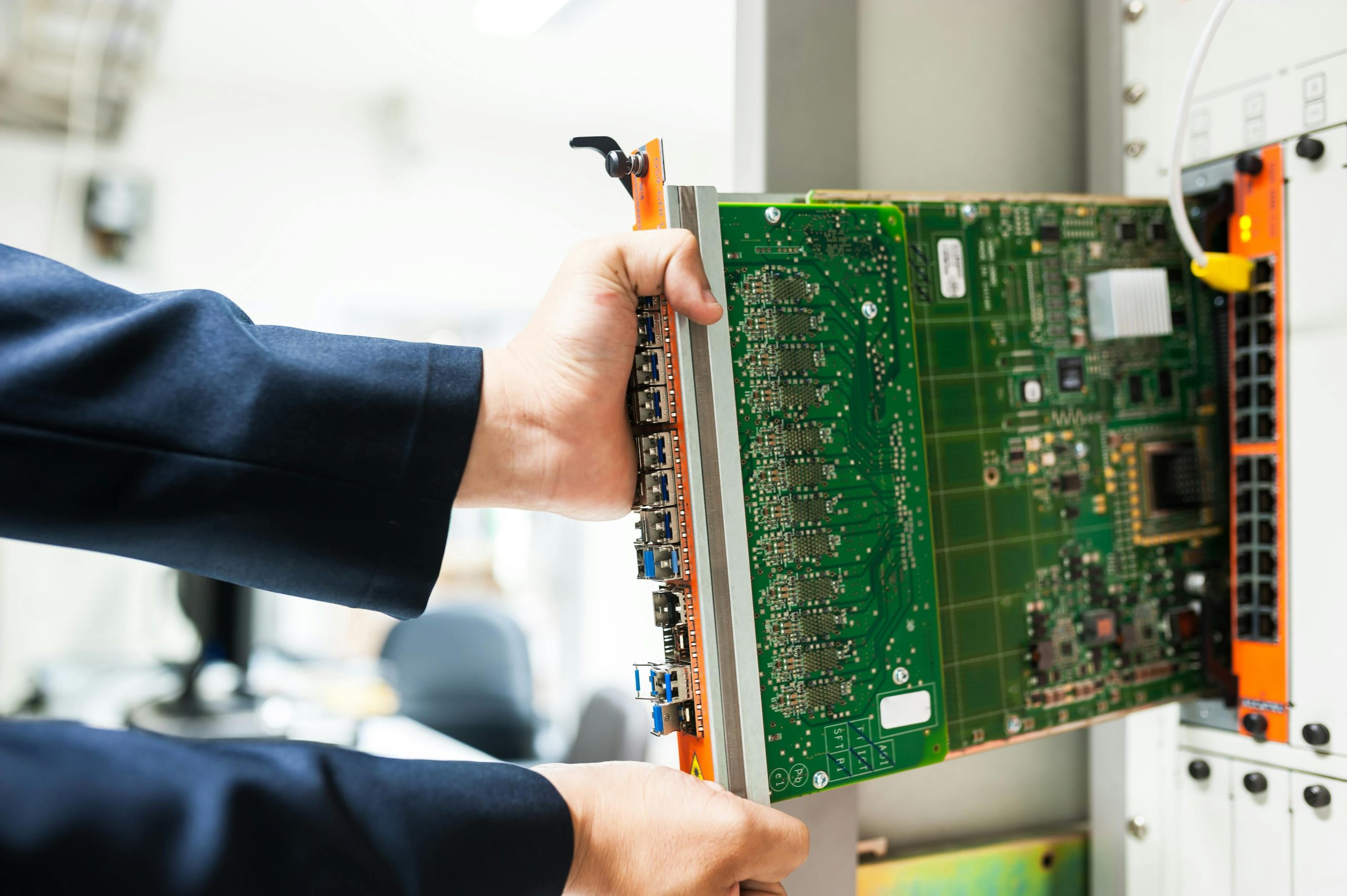Understanding Ethernet Speed Discrepancies: Why Your Wired Connection Might Be Slower Than Wi-Fi
In today’s digital age, reliable and fast internet connectivity is essential for both work and leisure. Many users expect that connecting to the internet via Ethernet will always provide faster and more stable speeds than Wi-Fi. However, some encounter puzzling situations where their wired connection appears slower than their wireless network. If you find yourself in this scenario, you’re not alone, and there are several factors to consider.
Common Scenario
Consider a typical setup: you’re positioned downstairs near your router, and a speed test reveals a robust 800 Mbps internet connection. Yet, when you connect your computer via Ethernet cable—perhaps because Wi-Fi signals don’t reach your room—you notice a significantly reduced speed of around 100 Mbps. This discrepancy can be confusing, especially given the assumption that Ethernet should outperform Wi-Fi in speed and stability.
Possible Causes and Solutions
-
Faulty or Low-Quality Ethernet Cable
Not all Ethernet cables are created equal. Older or damaged cables, such as Cat5, may not support gigabit speeds effectively. Upgrading to a high-quality Cat5e or Cat6 cable can make a significant difference. -
Network Interface Card (NIC) Limitations
Ensure your computer’s network adapter supports gigabit Ethernet (1 Gbps). Some older or cheaper NICs may be limited to 100 Mbps. Updating drivers or replacing the NIC can improve performance. -
Router or Switch Limitations
Check if your router’s Ethernet ports are gigabit-capable. Sometimes, ports are limited to 100 Mbps, especially in older hardware. Consult your device specifications or upgrade to a modern router with full gigabit support. -
Configuration Settings
Verify that the network settings on your computer are configured to auto-negotiate the connection speed. Manually setting the port to 1 Gbps can sometimes resolve speed mismatches. -
Network Congestion or Interference
Even wired connections can be affected by network congestion, faulty hardware, or interference. Testing with different cables and ports can help identify these issues. -
ISP and External Factors
Remember that speed tests may vary depending on the server used, network congestion, or service provider limitations. Conduct multiple tests at different times to gauge consistent performance.
Best Practices for Optimal Ethernet Performance
- Use high-quality, shielded Ethernet cables (Cat6 or higher
Share this content:



